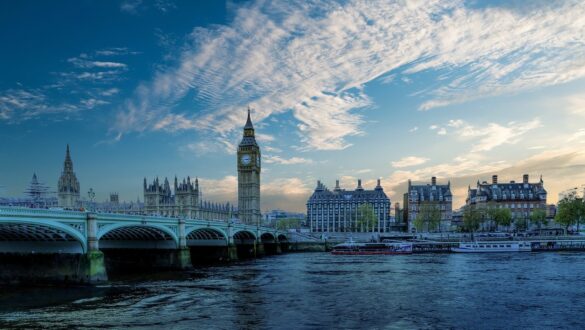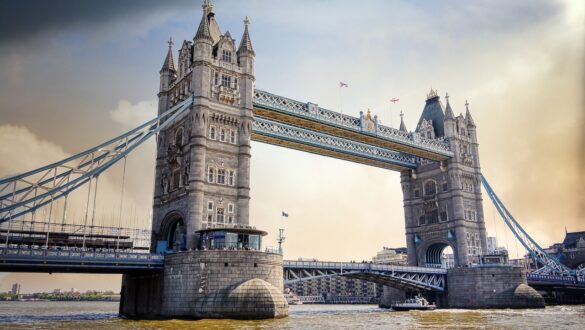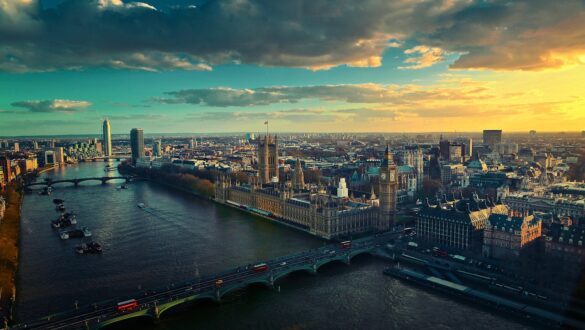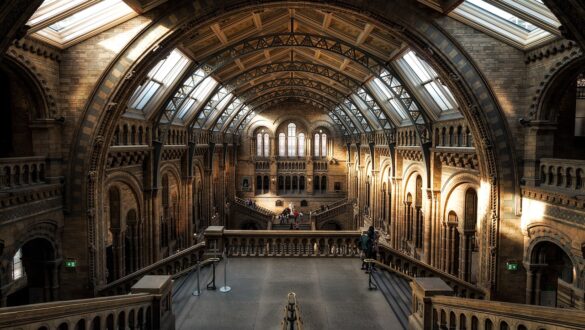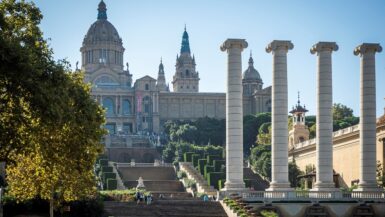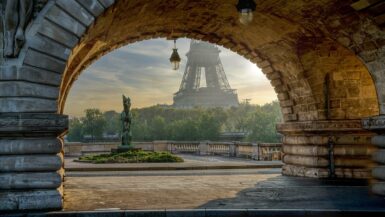London, the vibrant capital of the United Kingdom, is a city that blends rich history with modern charm. From iconic landmarks like Big Ben and Buckingham Palace to world-class museums, bustling markets, and scenic parks, there’s something for everyone. Whether you’re a first-time visitor or a returning traveler, London offers endless opportunities for exploration.
In this guide, we’ll take you through the best time to visit, top places to stay, must-see attractions, transportation tips, and everything you need to make the most of your trip to this incredible city. Get ready to experience London like never before!
Best Time to Visit London: Weather and Tourism Insights
London is a fascinating destination to visit year-round, but each season offers a different experience.
- Spring (March–May): An ideal time to visit as the city comes to life with blooming parks, mild weather, and fewer tourists compared to the summer season. Temperatures range between 10–18°C.
- Summer (June–August): The peak tourist season, featuring numerous festivals and events, but also the largest crowds and higher prices. The weather is generally pleasant, with average temperatures around 20–25°C, though occasional heat waves can occur.
- Autumn (September–November): A quieter period with mild temperatures and beautiful autumn scenery. Fewer tourists mean shorter lines at major attractions.
- Winter (December–February): The city transforms into a magical winter wonderland, especially in December. The weather is cold (0–10°C), but the lower number of tourists makes it a great option for those who prefer a less crowded experience.
Travelers looking to save money and avoid large crowds should consider visiting in spring or autumn. On the other hand, summer is perfect for those who want to experience London in full swing.
Accommodation Options in London: Where to Stay
London offers a wide range of accommodation options to suit different budgets and preferences. Whether you’re looking for luxury, mid-range comfort, or budget-friendly stays, the city has something for everyone.
- Luxury Hotels: London is home to some of the world’s most prestigious hotels, such as The Ritz, The Savoy, and Claridge’s. These hotels offer top-tier service, elegant interiors, and prime locations in areas like Mayfair and Knightsbridge.
- Mid-Range Hotels: For travelers seeking comfort without extreme luxury, mid-range hotels like Premier Inn, CitizenM, or The Hoxton provide modern amenities and excellent locations at more affordable prices.
- Budget Hotels & Hostels: Budget-conscious visitors can opt for affordable chains like Travelodge or Ibis, while backpackers may prefer hostels such as YHA London St. Pancras or Generator Hostel.
- Apartments & Short-Term Rentals: Platforms like Airbnb and Booking.com offer private apartments, which are great for families or longer stays. Many serviced apartments provide hotel-like amenities with extra space.
- Boutique Hotels: For a unique stay, boutique hotels like The Zetter Townhouse or Artist Residence offer stylish interiors and a more personalized experience.
- Bed & Breakfasts: A great option for a cozy and homely stay, often found in charming neighborhoods like Notting Hill or Camden.
- University Accommodation (Seasonal): During the summer, some universities rent out student halls at budget-friendly rates, making it an economical choice for travelers.
No matter your preference or budget, London has plenty of accommodation options to ensure a comfortable and enjoyable stay.
Must-See Attractions in London: Top Places to Visit
London is a city full of history, culture, and iconic landmarks. Whether you’re visiting for the first time or returning for another trip, here are some must-visit places that should be on your itinerary.
Iconic Landmarks
- Big Ben & Houses of Parliament – One of London’s most famous symbols, best viewed from Westminster Bridge.
- Buckingham Palace – Witness the Changing of the Guard ceremony and admire the royal residence.
- Tower of London – A historic fortress housing the Crown Jewels and offering a glimpse into London’s medieval past.
- Tower Bridge – Walk across this stunning Victorian bridge and visit the glass-floored walkway.
Museums & Galleries (Many with free entry!)
- British Museum – Home to world-famous artifacts like the Rosetta Stone and Egyptian mummies.
- National Gallery – Features masterpieces by artists like Van Gogh, Da Vinci, and Rembrandt.
- Natural History Museum – Perfect for families, with impressive dinosaur skeletons and an earthquake simulator.
- Tate Modern – A must-visit for modern art lovers, offering breathtaking views of the Thames.
Parks & Outdoor Spaces
- Hyde Park & Kensington Gardens – Ideal for a relaxing walk or a boat ride on the Serpentine.
- Regent’s Park & Primrose Hill – Stunning gardens with one of the best panoramic views of the city.
- Greenwich Park – Home to the Prime Meridian and the Royal Observatory.
Markets & Shopping Areas
- Borough Market – A paradise for food lovers with fresh produce, street food, and artisan delicacies.
- Camden Market – Famous for its alternative fashion, street food, and vibrant atmosphere.
- Covent Garden – A mix of street performances, boutiques, and charming cafes.
- Oxford Street & Regent Street – The ultimate shopping destination with flagship stores.
Unique Experiences
- Sky Garden – A free rooftop garden with stunning views of London’s skyline.
- The Shard – For an unforgettable cityscape view from the tallest building in the UK.
- Harry Potter Studio Tour – A must for fans of the wizarding world.
- West End Theatre – Enjoy a world-class musical or play in London’s theatre district.
With so much to see and do, London offers something for everyone, whether you’re a history buff, art lover, foodie, or adventure seeker.
Getting Around London: Transportation Guide
London has an extensive and efficient transport network, making it easy to navigate the city. Here are the main ways to get around:
Public Transport
- London Underground (“The Tube”) – The fastest way to travel across the city, with 11 lines covering most areas. Use an Oyster card or contactless payment for the best fares.
- Buses – A great way to see the city while traveling. London’s iconic red double-decker buses operate 24/7, with night buses covering areas after the Tube closes.
- Overground & DLR – The London Overground connects suburban areas, while the Docklands Light Railway (DLR) serves East London, including Canary Wharf and Greenwich.
- Trams – Mainly serving South London, trams are useful if you’re visiting areas like Croydon.
Alternative Transport
- Black Cabs – London’s traditional taxis are reliable but expensive. Only licensed black cabs can pick up passengers without pre-booking.
- Ridesharing (Uber, Bolt, FreeNow) – Often cheaper than black cabs, offering app-based convenience.
- Bikes (Santander Cycles) – London’s bike-sharing scheme allows you to rent bikes from docking stations across the city. Great for short trips through parks and along the Thames.
- Electric Scooters – Available in selected boroughs through rental services like Lime and Dott.
Walking & River Transport
- Walking – Many central attractions are within walking distance, especially around Westminster, Covent Garden, and South Bank.
- Thames Clippers (Uber Boat) – A scenic way to travel along the River Thames, stopping at key locations like Greenwich, Tower Bridge, and the London Eye.
Travel Tips
✔ Use an Oyster Card or Contactless Payment – Cheaper than buying paper tickets.
✔ Avoid Rush Hours (7:30-9:30 AM & 5-7 PM) – The Tube and buses get very crowded.
✔ Check Citymapper or TfL App – These apps help with real-time navigation and transport updates.
✔ Watch Out for the ‘Zones’ – London’s transport system is divided into zones (1-9), affecting fares.
With so many options, getting around London is easy and efficient, whether you prefer the Tube, buses, walking, or even a scenic boat ride.

